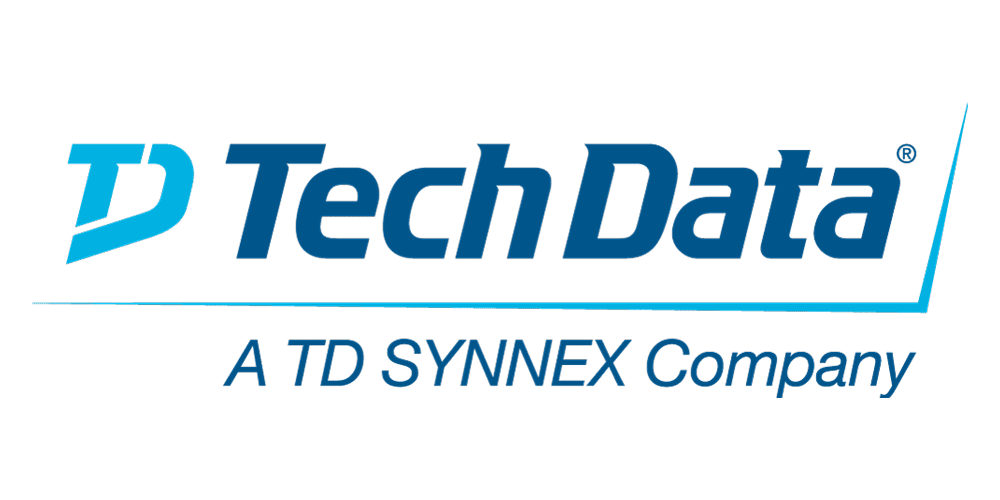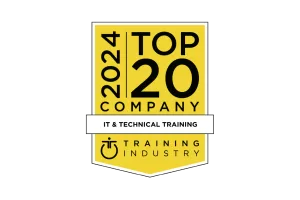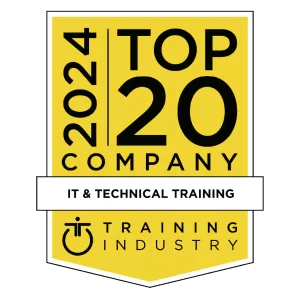DevOps is an IT trend that rose out of the benefits of integrating development and operations. The main characteristic of DevOps is to use automation and monitoring at several stages of the IT delivery lifecycle. DevOps aims to reduce administrator workload and scale IT resources efficiently to attain business objectives. The course addresses the concepts involved in planning, deploying and implementing Ansible, Chef and Puppet, and shows how to integrate these tools with IBM Cloud PowerVC Manager. You perform basic installation to advanced administrative tasks with these DevOps tools. In addition, the product architectures of these tools, and their benefits are covered while showing how to implement these tools to fit your needs.
-
This course introduces and explains the System Automation for z/OS (SA z/OS) commands that are used for system operations. In this course, the System Automation for z/OS automation manager and automation agent run in a z/OS 2.2 environment. The automation platform, Tivoli NetView for z/OS is at version 6 release 2. The course uses several automation scenarios in single and multisystem configurations to demonstrate the concepts that are taught in the lessons. This training class is delivered in an environment with multiple opportunities for hands-on lab exercises.
-
In this course, you learn how to define automation policy for IBM System Automation for z/OS® (SA z/OS).
You learn how to create policy definitions for systems, applications, application groups, and monitor resources. This is delivered in an environment with multiple opportunities for hands-on lab exercises. You define automation policy for several environments: single system and multiple system within a basic sysplex. The System Automation for z/OS automation manager and automation agent run in a z/OS 2.2 environment. The automation platform, Tivoli® NetView for z/OS is at version 6 release 2. -
This module introduces IBM Spectrum Virtualize support for traditional RAID (Redundant Array of Independent Disks) arrays and the Distributed RAID arrays. Traditional RAID (or TRAID) and Distributed RAID (or DRAID) arrays are both data storage virtualization technologies that combines multiple physical disk drive components into one or more logical units. TRAID and DRAID offers increased storage performance, resiliency and low cost, with improved higher availability to recreate lost data from parity information. This module also discuss the benefits of implementing DRAID 6 to boost IO performance versus TRAID 5 in almost all production workloads.
If you are enrolling in a Self Paced Virtual Classroom or Web Based Training course, before you enroll, please review the Self-Paced Virtual Classes and Web-Based Training Classes on our Terms and Conditions page, as well as the system requirements, to ensure that your system meets the minimum requirements for this course.
-
This module focus on advanced cluster features for maintaining high availability in configuration/metadata recovery, system fail-overs and system upgrades.
If you are enrolling in a Self Paced Virtual Classroom or Web Based Training course, before you enroll, please review the Self-Paced Virtual Classes and Web-Based Training Classes on our Terms and Conditions page, as well as the system requirements, to ensure that your system meets the minimum requirements for this course.
-
IBM Spectrum Virtualize Transparent Cloud Tiering supports creating connections to cloud service providers to store copies of volume data in private or public cloud storage – freeing up capacity on the system.
This module discusses how transparent cloud tiering features and functions, and how it can help administrators to create point-in-time snapshots of data on the system and then copied and stored on the cloud storage. Thus allowing administrators to restore snapshots from the cloud for disaster recovery purposes.
You will also authenticate Transparent Cloud Tiering on an IBM Spectrum Virtualize system to an OpenStack cloud server, create a cloud snapshot of a volume, and recover the volume snapshot from the cloud.
If you are enrolling in a Self Paced Virtual Classroom or Web Based Training course, before you enroll, please review the Self-Paced Virtual Classes and Web-Based Training Classes on our Terms and Conditions page, as well as the system requirements, to ensure that your system meets the minimum requirements for this course.
-
IBM Spectrum Virtualize software, part of the IBM Spectrum Storage family of software and the IBM SAN Volume Controller (SVC) is an enterprise-class storage system that helps organizations improve data economics by supporting the new large scale workloads that are critical to success. SVC systems can handle massive volumes of data from mobile and social applications, enable rapid and flexible cloud services deployments, and deliver the performance and scalability needed to gain insights from the latest analytics technologies.
This one day digital course introduces the IBM Spectrum Storage Software Family with emphasis on the IBM Spectrum Virtualize software. It also introduces the latest IBM SAN Volume Controller, 2145-SV1 storage engine, and the supported IBM SAS expansion enclosures.
-
This course is designed to leverage SAN storage connectivity by integrating a layer of intelligence or virtualization, the SAN Volume Controller (SVC) to facilitate storage application data access independence from storage management functions and requirements. The focus is on planning and implementation tasks associated with integrating the SVC into the storage area network. It also explains how to:
- Centralize storage provisioning to host servers from common storage pools.
- Facilitate the coexistence and migration of data from non-virtualized to the virtualized environment.
- Improve storage utilization effectiveness using Thin Provisioning and Real-time Compression.
- Implement storage tiering and optimize solid state drives (SSDs) or flash systems usage with Easy Tier.
- Utilize network-level storage subsystem-independent data replication services to satisfy backup and disaster recovery requirements.
-
This course is designed to teach how to manage VSAM and non-VSAM data sets by coding and using the functions and features of the Access Method Services program, IDCAMS.
To reinforce the lecture material, machine exercises are provided that enable students to code and test selected IDCAMS commands such as DEFINE, REPRO, ALTER, and LISTCAT.
Learn to manage Virtual Storage Access Method (VSAM) and non-VSAM data sets. Particularly emphasize coding and using the functions of the IDCAMS program. Lab exercises enable you to code and test selected IDCAMS commands, such as DEFINE, REPRO, ALTER, and LISTCAT.
Hands-On Labs
Eight labs are included to address:
- IDCAMS commands, including ALTER, DEFINE, CLUSTER, EXPORT, IMPORT, EXAMINE, LISTCAT, REPRO, and PRINT
- tuning VSAM and the VSAM buffers
- alternate indexes
-
This IBM SS84G: DFSMS Implementation course provides the skills required to plan and implement Data Facility Storage Management Subsystem (DFSMS). A step-by-step implementation strategy, emphasizing coexistence considerations, is reinforced by hands-on labs. In the hands-on labs, students will be creating constructs as well as coding ACS routines. This milestone approach includes managing temporary and permanent data sets. The course also discusses exploitation of functions provided by DFSMS as the installation evolves to the DFSMS environment.
-
This course prepares you to implement and manage DFSMShsm (DFSMS hierarchical storage manager). You will learn how to automate the storage management tasks, which optimize DASD space utilization and provide data availability. You will be taught basic DFSMShsm terminology and concepts, and you will examine the functions and interfaces used to tailor DFSMShsm processing to meet your installations storage management requirements.
Hands-on lab exercises enable you to perform a step-by-step implementation.
-
This course is designed to leverage SAN storage connectivity by integrating a layer of intelligence of virtualization, the IBM Storwize V7000 to facilitate storage application data access independence from storage management functions and requirements. The focus is on planning and implementation tasks associated with integrating the Storwize V7000 into the storage area network. It also explains how to:
Centralize storage provisioning to host servers from common storage pools using internal storage and SAN attached external heterogeneous storage.
Improve storage utilization effectiveness using Thin Provisioning and Real-Time Compression
Implement storage tiering and optimize solid state drives (SSDs) or flash systems usage with Easy Tier.
Facilitate the coexistence and migration of data from non-virtualization to the virtualized environment.
Utilize network-level storage subsystem-independent data replication services to satisfy backup and disaster recovery requirements.
This course lecture offering is at the Storwize V7000 V7.6. level.





